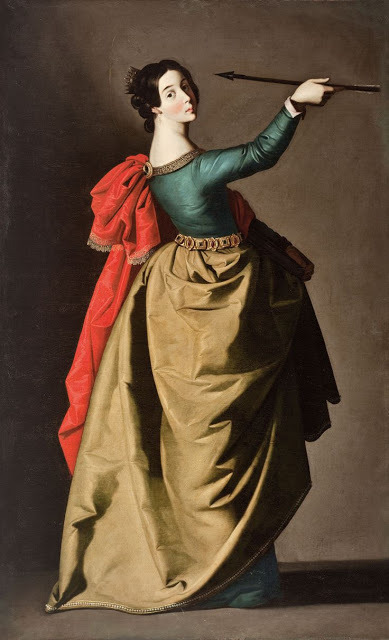#zurbarán
Text
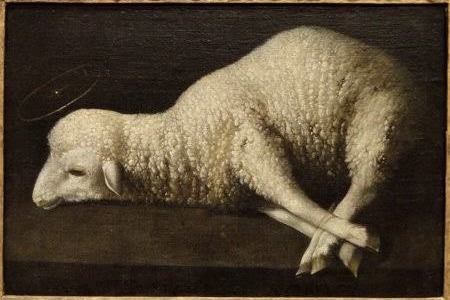
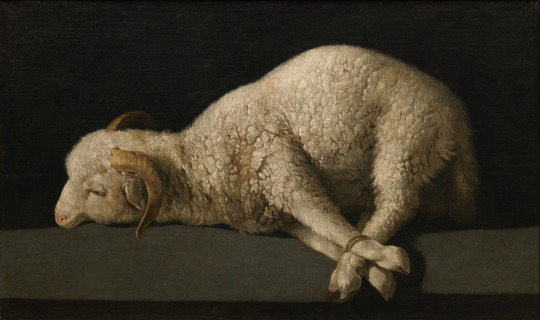
agnus dei, francisco de zurbarán
#agnus dei#lamb of god#francisco de zurbarán#spanish caravaggio#baroque art#17th century art#zurbarán
4K notes
·
View notes
Text

Attributed to Francisco de Zurbarán
Saint Sebastian, 1634-1636
Museu Nacional de Arte Antiga, Lisboa (Inv. 1553 Pint)
Currently displayed at the MNAA's new exhibition, Identidades Partilhadas: Pintura Espanhola em Portugal
#art#art history#history#baroque#baroque art#saint sebastian#francisco de zurbarán#zurbarán#martyrdom#martyr#17th century art#17th century#1630s#baroque painting
208 notes
·
View notes
Text

Natureza morta con limóns, laranxas e unha rosa, de Francisco de Zurbarán (1633)
12 notes
·
View notes
Text
Art, Death, and Sex
St. Francis of Assisi in His Tomb, painted by Francisco de Zurbarán, is a striking dominant piece that stands at six feet of dark Baroque intensity. Yet, there is something different about the imagery that has always scraped the back of my mind.
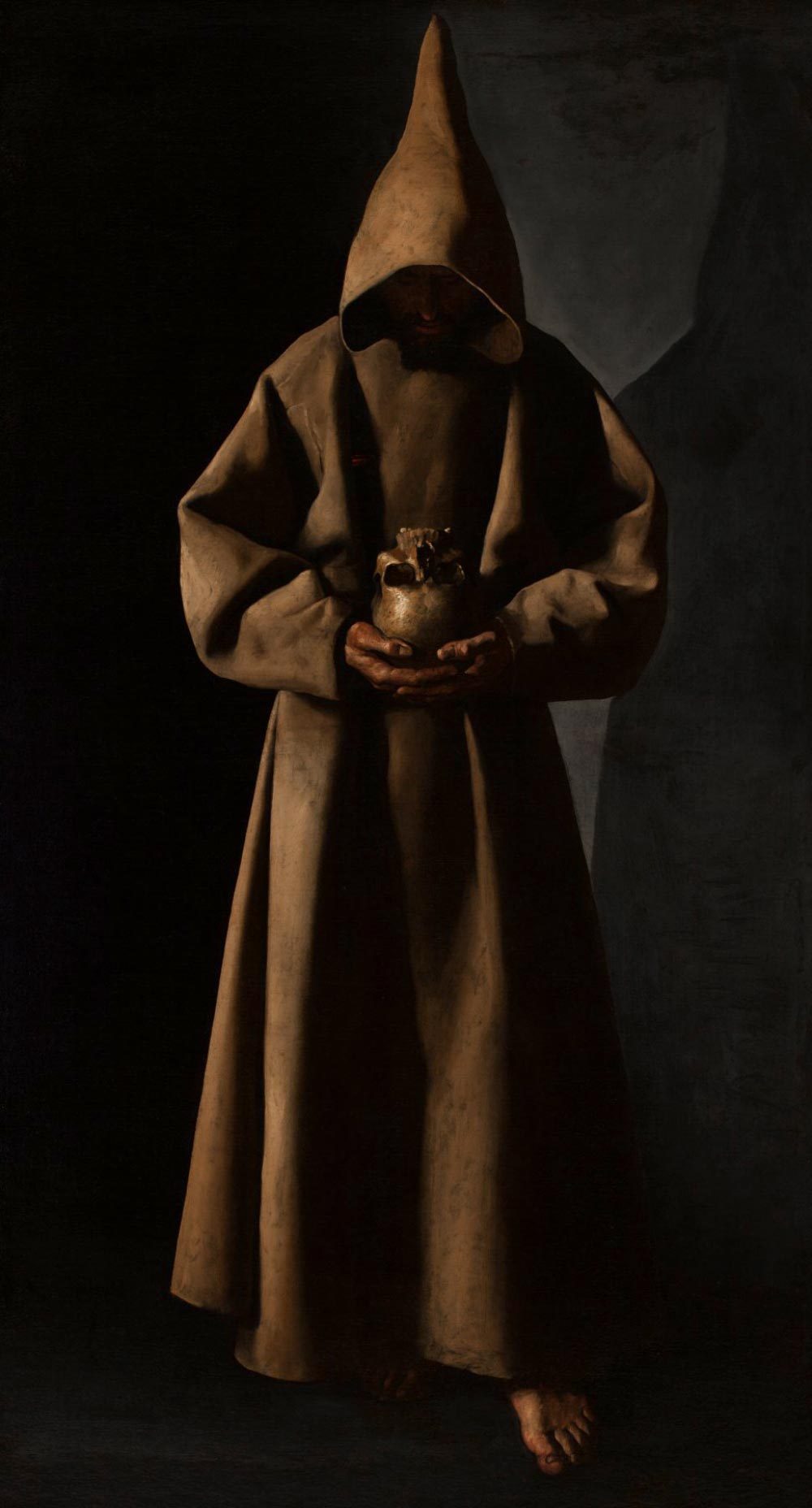
It is a little-known fact that St. Francis of Assisi died fairly young, at 44 years of age. He had been battling an illness and was known to place a human skull on his breakfast table to contemplate his impending doom. It was a representation of his old friend, Death, that he even wrote about in The Canticle of Brother Sun and Sister Moon.
What was the symbolism there? For that matter, what was Zurbarán's message? Why did the interest in Zurbarán's work fade in time? Why did skulls appear in his other work? Was this also a form of self portrait? I don't know if I will ever have an answer. What I do know is that between the 1950's and 1960's Zurbarán was what "all the cool people" were talking about.
Here, for example, is a clipping from 1965 talking about how this painting was inspiring fashion in Spain.

A more potent example of how influential Zurbarán was can be seen in Salvador Dali's 1956 painting called the Skull of Zurbaran.
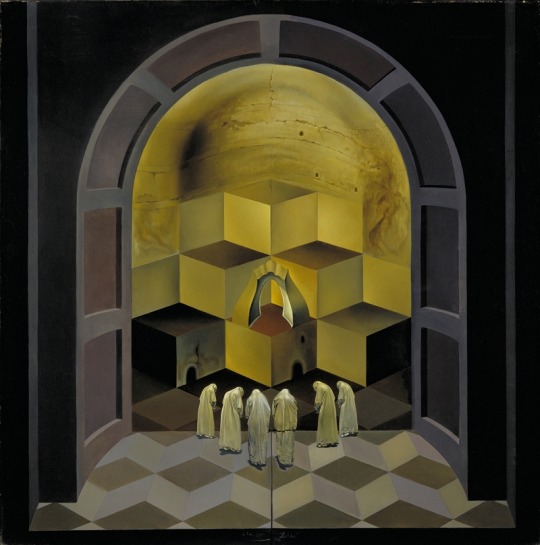
In this painting, I can see the conversation Dali is having. There was a lot he struggled with in regards to tradition, death, and religion. Much like his views of the constraints of time, which are represented with his famous melting clocks, here I see "the few" constructing an effigy to something beyond their ability. Was that how he saw Zurbarán, an artist beyond his own ability?
Unfortunately, Dali was even more twisted in his head than even his paintings let on. He, for instance, was obsessed with necrophilia, preferred to masturbate in front of a mirror, and was terrified of female genitalia.
I imagine Dali studying art history and being perfectly fine with Heads Severed by Theodore Gericault. Then flipping a page to be met with L'Origine du Monde and scream in terror. His mustache would shoot out like a cartoon in his iconic style, and he would swear epitaphs in Spanish. The topic of the famed Magic Realist Georgia O’Keefe would come up at a party, and I could see him having a “melt down” over her famously vulvic flowers.

Because that is what she is remembered for, not her unique cityscapes or her abstracted-form studies; her vulvic flowers.
Art history is weird like that, a collection of taboos following the mythos of the artist around like a three-legged dog. Zurbarán is all but forgotten, Dali is not remembered for his psychosis, and Georgia is remembered for vulvas. She is not remembered for paintings like Head with Broken Pot, a piece of work that is as nuanced as both Zurbarán's and Dali's work that hearkens to the fragility of mankind and to human life.
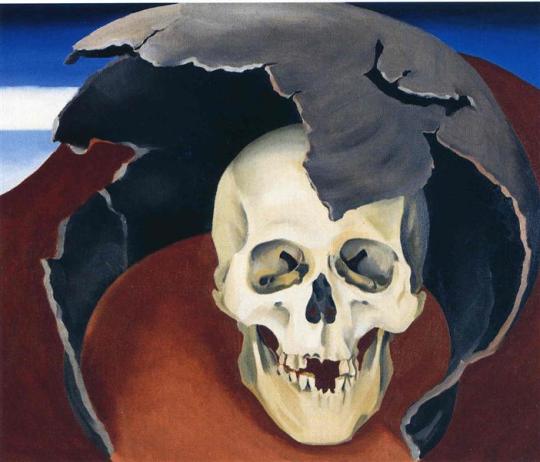
I guess the moral of this story, if there even is one, is that artists view the cycles of life in abstract ways trying to make sense of what, "it all means". Paint becomes a snapshot of those moments, mixing in pigments of consciousness and primal urges even when they don't belong. We the viewers become a part of that in our remembrance of those moments.
Something about that process seems like a death, living, and resurrection to me. But perhaps, I've been looking at art too long.
#killworthy#killworthywords#fun history#weird history#eccentric history#art history#skulls#macabre#dali#o'keefe#Salvador Dali#Francisco de Zurbarán#Zurbarán#georgia o’keefe#art
21 notes
·
View notes
Text

«¿Soy bruto como éstos? Pero no, que observo entre ellos y entre mí palpables diferencias: ellos están vestidos de pieles; yo desabrigado, menos favorecido de quien nos dio el ser. También experimento en mí todo el cuerpo muy bien otra suerte proporcionado que en ellos: yo río y yo lloro, cuando ellos aúllan; yo camino derecho, levantando el rostro hazia lo alto, cuando ellos se mueven torcidos y inclininados hazia el suelo. Todas estas son bien conocidas diferencias, y todas las observaba mi curiosidad y las confería mi atención conmigo mismo. Crecía de cada día el deseo de salir de allí, el conato de ver y de saber; si en todos natural y grande, en mí, como violentado e insufrible.»
Baltasar Gracián: El Criticón. Cátedra, pág. 71. Madrid, 2001
TGO
@bocadosdefilosofia
@dias-de-la-ira-1
#baltasar gracián#gracián#barroco#conceptismo#hombre#ser humano#condición humana#caracteristicas humanas#cursiosidad#el ser humano como problema#reflexión sobre sí mismo#teo gómez otero#hércules desvía el curso del río alfeo#zurbarán#museo del prado
2 notes
·
View notes
Photo
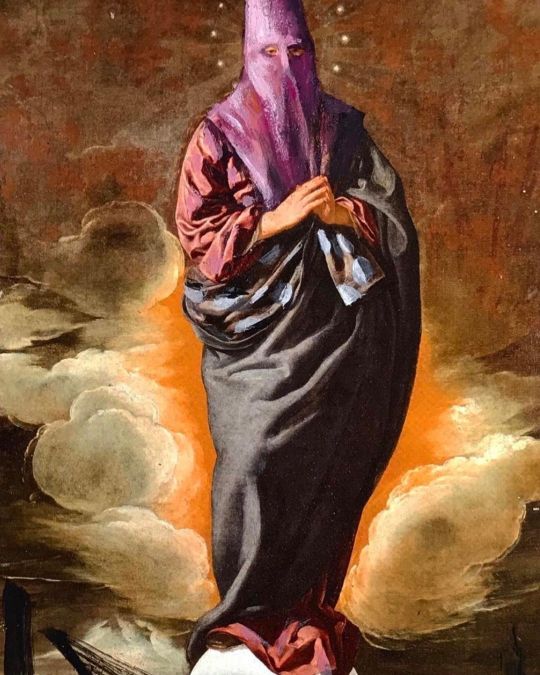
Promoción. #navidadx50 Como cada año en el mes de diciembre cada día hasta el día de reyes un original por 50 euros hoy este #inmaculada de #Velázquez 10x15 #acrilico sobre #postal con #lagiralda #torrepelli y #puentedelalamillo al fondo. ahora a trabajar y seguir trabajando en el proyecto" #sevilla en #fiestas " #semanasanta y #feria se darán la mano, tomando como punto de partida obra de grandes maestros como #zurbarán #murillo #caravaggio #gonzalobilbao #angladacamarasa #bacarisas #sorolla o #julioromerodetorres entre otros . #art #artepop #artcontemporary #arte #artstudio #interiorismo #interiordesign #interiorisme #lunaresycapirotes #querubin (en Estudio De arte y Diseño De Agustin Israel) https://www.instagram.com/p/Cl4n04XDnOS/?igshid=NGJjMDIxMWI=
#navidadx50#inmaculada#velázquez#acrilico#postal#lagiralda#torrepelli#puentedelalamillo#sevilla#fiestas#semanasanta#feria#zurbarán#murillo#caravaggio#gonzalobilbao#angladacamarasa#bacarisas#sorolla#julioromerodetorres#art#artepop#artcontemporary#arte#artstudio#interiorismo#interiordesign#interiorisme#lunaresycapirotes#querubin
2 notes
·
View notes
Text
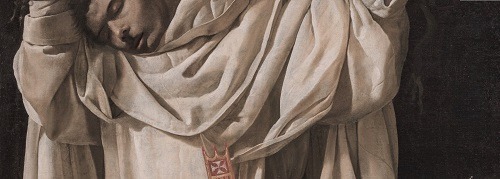
ZURBARÁN
Hostia fue tal estrella de pan de los zagales
tal lechada de cal que los santos blanquea
y el lienzo de caliza embebido me viste
mismo fuego que cuece el pan y el cascarón
Amo la rigurosa estancia en este yermo
en la piedra la llama albura de las hojas
este albor este mayo esta arcilla esta pruina
y la pala y el horno que usa el tahonero
Ya el propio astro blanco en el carbón se imprima
ya lo aprese y retorne el agua tenebrosa
miras cómo en el alma empederne el espejo
cuanto el tiempo pretende arrasar y pudrir
Los Apóstoles Cristo meditando en la era
con túnicas de asbesto ensayalan su iglesia
*
ZURBARAN
Cette étoile de pain des bergers fut l'hostie
Ce lait de chaux rigide où blanchissent les saintes
Et le linge trempé de calcaire m'habille
D'un même feu cuisant la coquille et le pain
J'aime dans ce désert la dure résidence
Dans la pierre le feu dont les feuilles sont blanches
Cette aube ce printemps cette argile et ce gel
Et la pelle et le four dont use le mitron
Que le même astre blanc s'imprime dans la houille
Ou que l'eau dans la nuit le prenne et le renvoie
On voit que ces miroirs dans l'âme pétrifient
Ce que cherche le temps à corrompre à détruire
Les Apôtres le Christ sur l'aire méditant
En robe d'amiante habillent leur église
Robert Marteau
di-versión©ochoislas
#Robert Marteau#literatura francesa#poesía contemporánea#contemplación#Zurbarán#blanco#durable#espectador#di-versiones©ochoislas
1 note
·
View note
Text
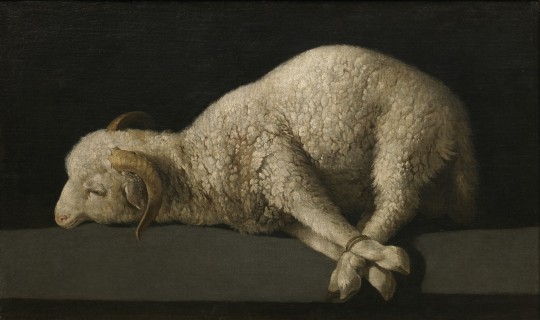
Agnus Dei, 1635-1640. fdz.
293 notes
·
View notes
Text
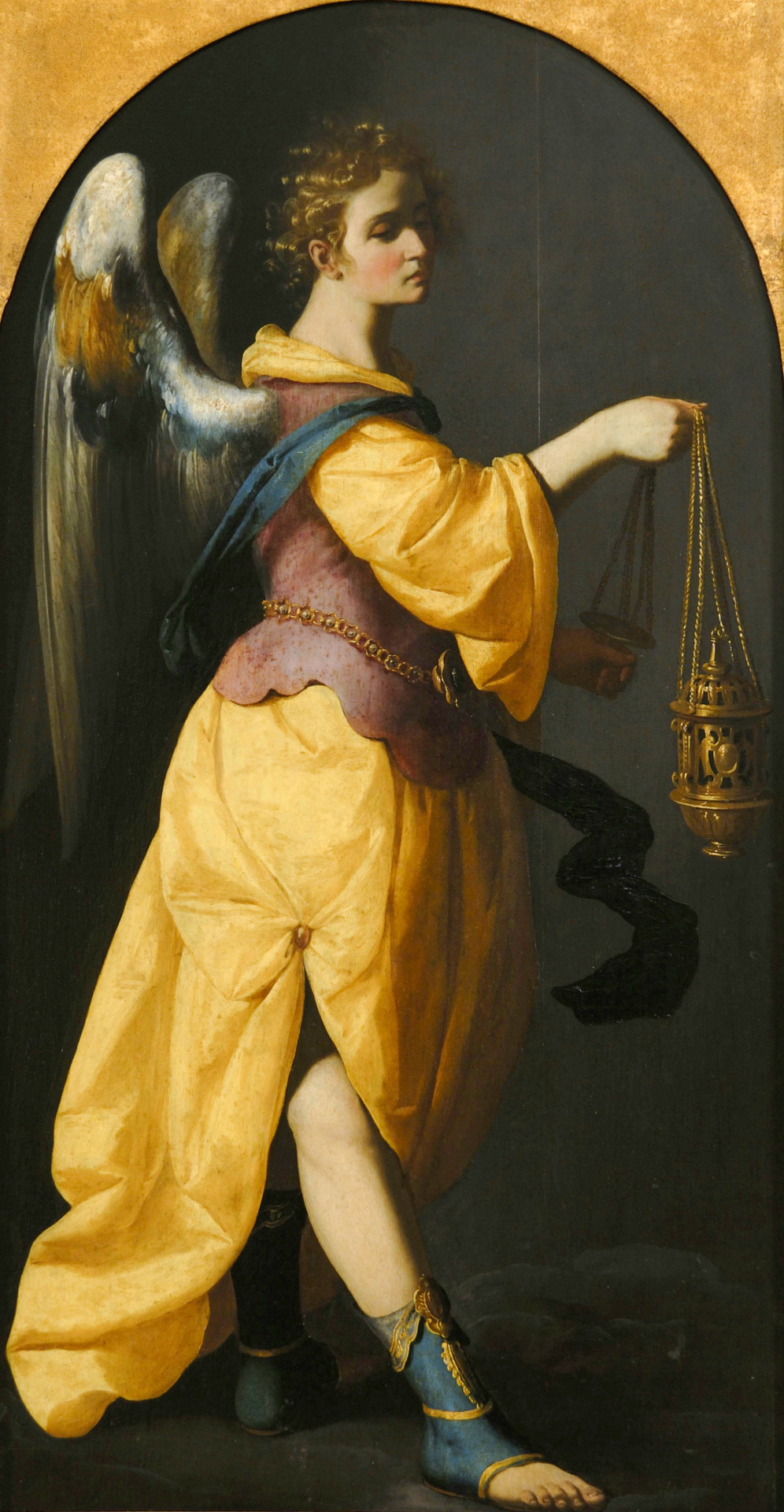
Francisco de Zurbarán (Spanish, 1598-1664)
Angel carrying Thurible, ca.1637-39
Museo de Cádiz, Cádiz
#Francisco de Zurbarán#Francisco de Zurbaran#spanish#angel carrying thurible#art#1600s#fine art#european art#classical art#europe#european#oil painting#fine arts#europa#mediterranean#angel#western civilization#blonde#blond
345 notes
·
View notes
Photo
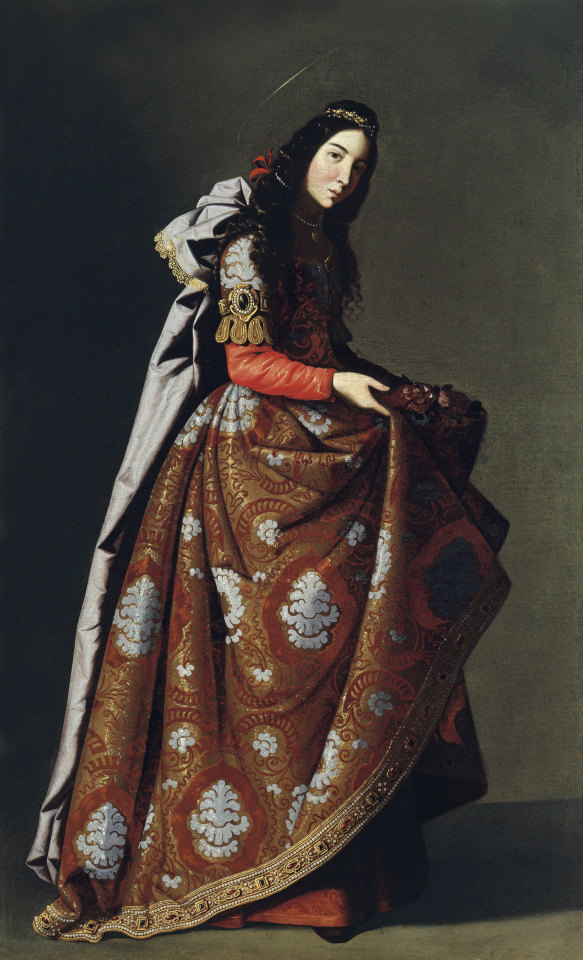
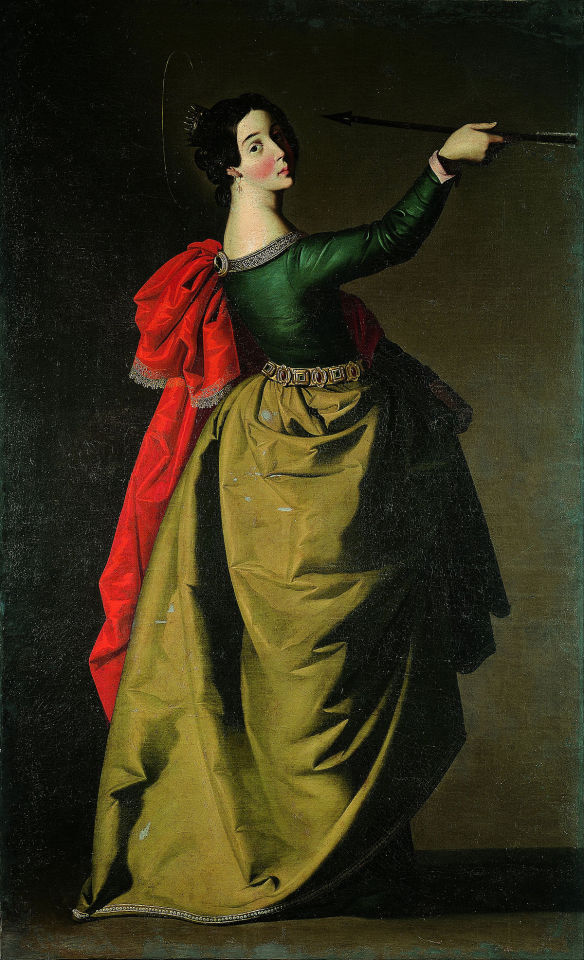
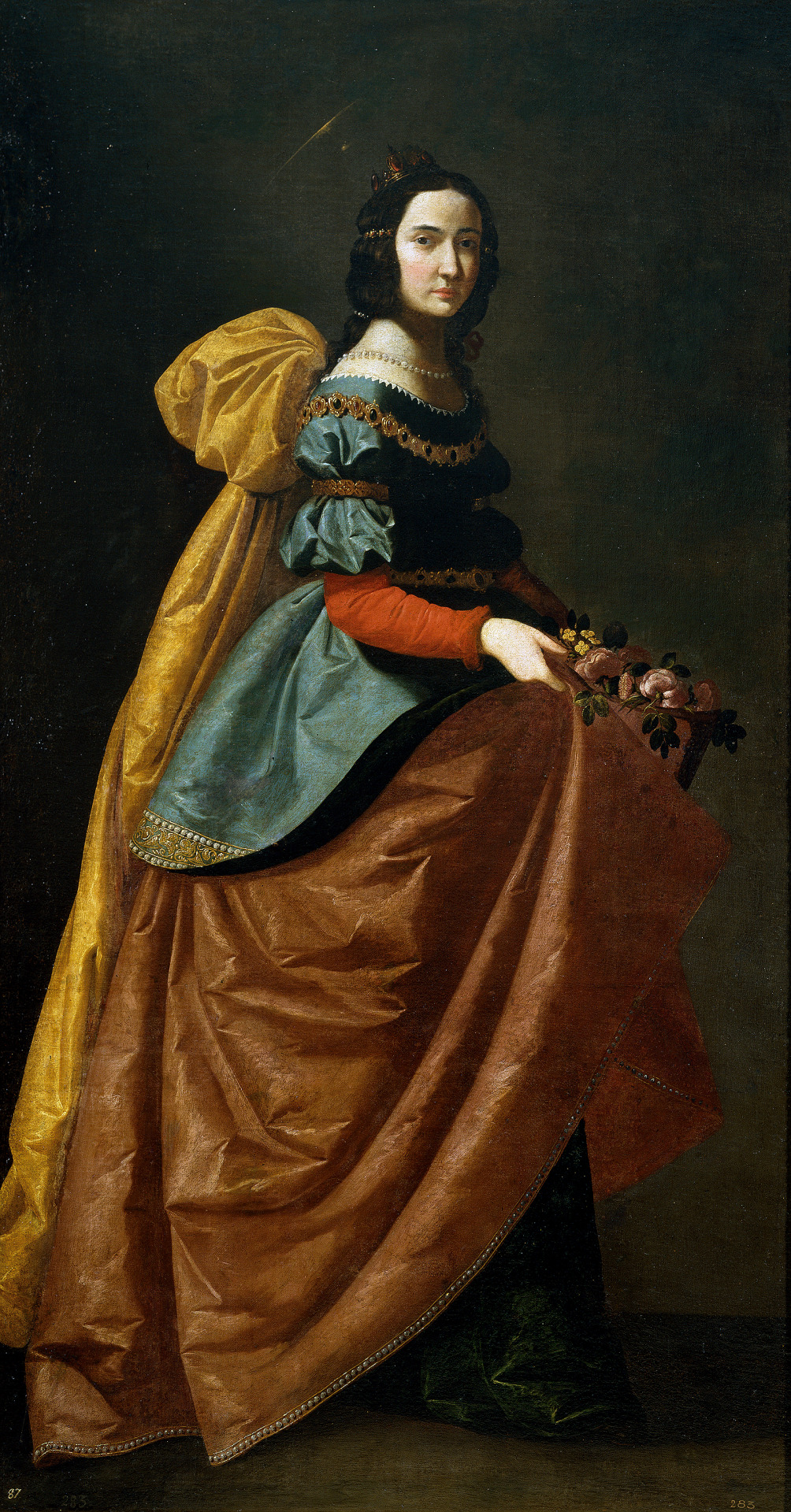
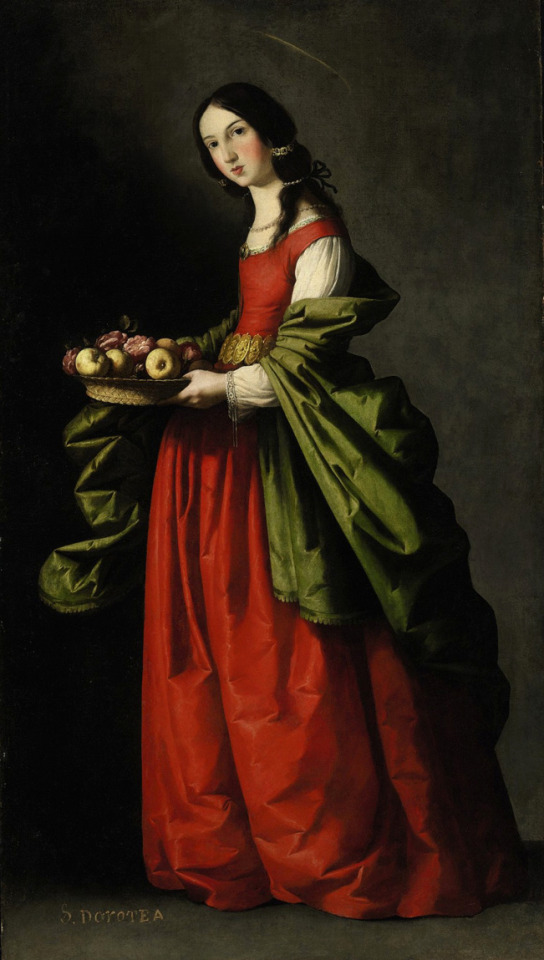
Female saints by Francisco de Zurbarán:
Saint Casilda, ca. 1630-45 // Saint Ursula, ca. 1635-40 // Saint Elizabeth of Portugal, ca. 1630-35 // Saint Dorotea, ca. 1648
#fun fact: the costumes in La Reine Margot were inspired by Zurbaran's work#art#art history#francisco de zurbarán#zurbaran#female saints#saints#catholiscism#artblr#fashion in art#art comparison#the divine feminine#baroque#17th century#paintings#la reine margot#my posts#hulderposts#saint ursula#saint casilda#saint elizabeth of portugal#saint dorotea
2K notes
·
View notes
Text
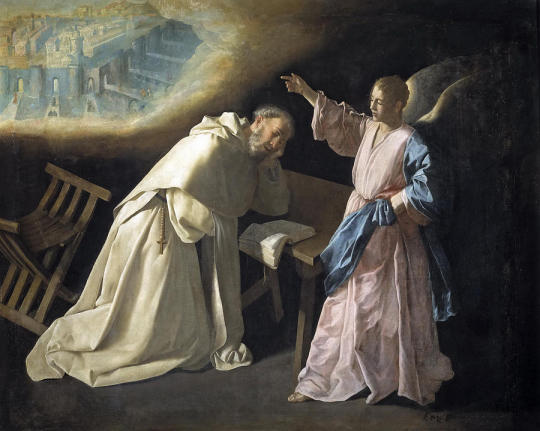
Vision of St. Peter Nolasco painted by Francisco de Zurbaran (1598 - 1664)
#art#art history#artwork#baroque#culture#history#museums#painting#vintage#curators#francisco de zurbarán
179 notes
·
View notes
Text
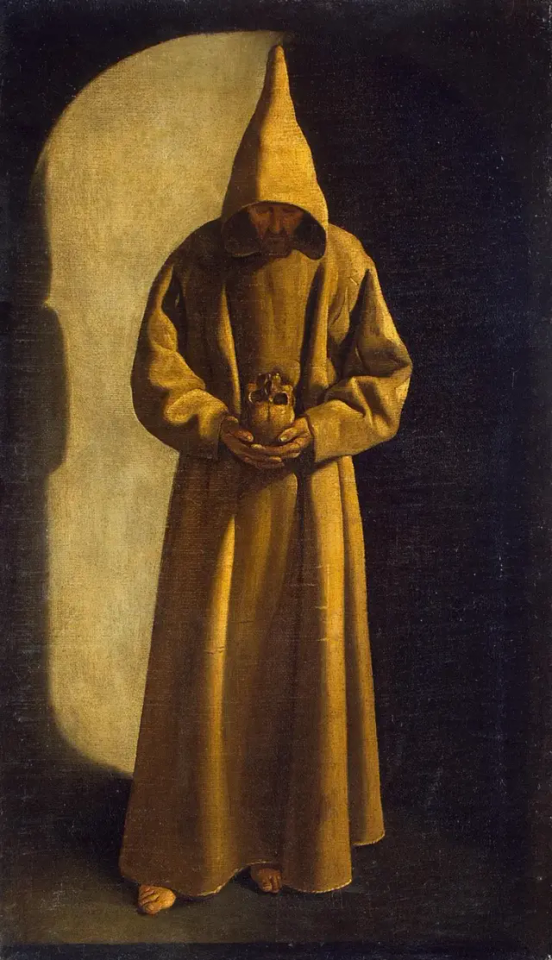
Francisco de Zurbarán - St. Francis Contemplating a Skull (ca. 1635)
229 notes
·
View notes
Text
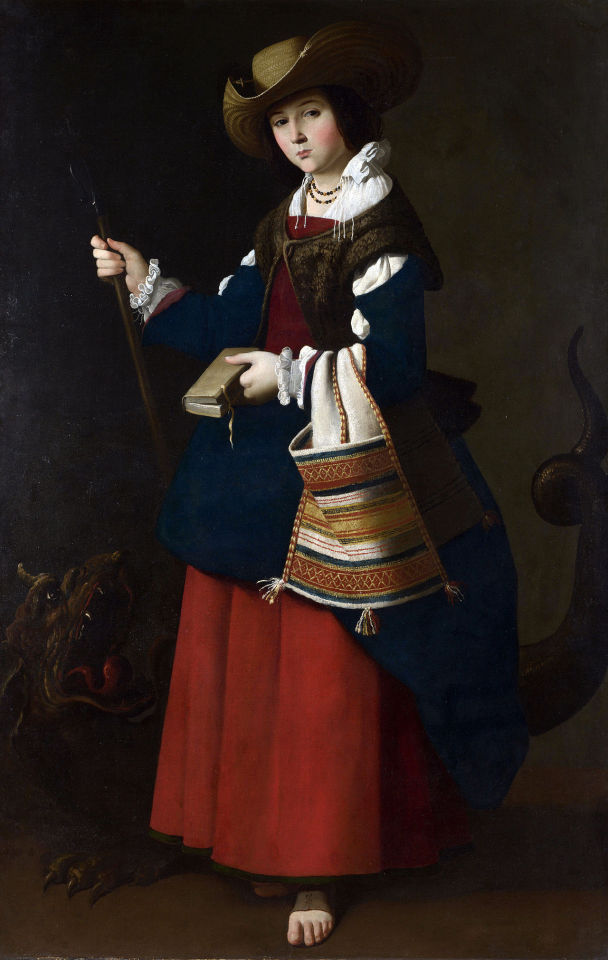
Francisco de Zurbarán (Spanish, 1598-1664)
Santa Margarita
250 notes
·
View notes
Photo

Un #sevillano en la #corte es el título de esta versión de #lasmeninas del gran #velazquez que se encuentra en @museoprado. #curro #mascotaexpo92 se convierte en el@pintor mientras las capirotadas #meninas juegan con #cobi y #naranjito en el #espejo vemos reflejada la giralda y la bola del #mundo, logo de #expo92 pieza de mi exposición #currerías en @ungatoenbicicleta donde #curro maximo protagonista y mascota de la exposición universal de Sevilla de 1992 coincidiendo con 30 aniversario, coquetea entre las grandes obras maestras de la pintura .convirtiéndose en protagonistas de obras tan señeras como las #Meninas de #Velázquez, Santa María de las Cuevas de #Zurbarán la joven de la perla de #Vermeer , el Guernica de #Picasso el retrato de #Frida Kahlo o el beso de #klimt entre otros muchos. En clave #pop podrás visitarla hasta el día 9 de noviembre en calle Pérez Galdos 22 de #sevilla #agustinisrael #curroexpo92 #30añosexpo92 (en Un gato en bicicleta) https://www.instagram.com/p/CjTePp2jlLZ/?igshid=NGJjMDIxMWI=
#sevillano#corte#lasmeninas#velazquez#curro#mascotaexpo92#meninas#cobi#naranjito#espejo#mundo#expo92#currerías#velázquez#zurbarán#vermeer#picasso#frida#klimt#pop#sevilla#agustinisrael#curroexpo92#30añosexpo92
4 notes
·
View notes
Text
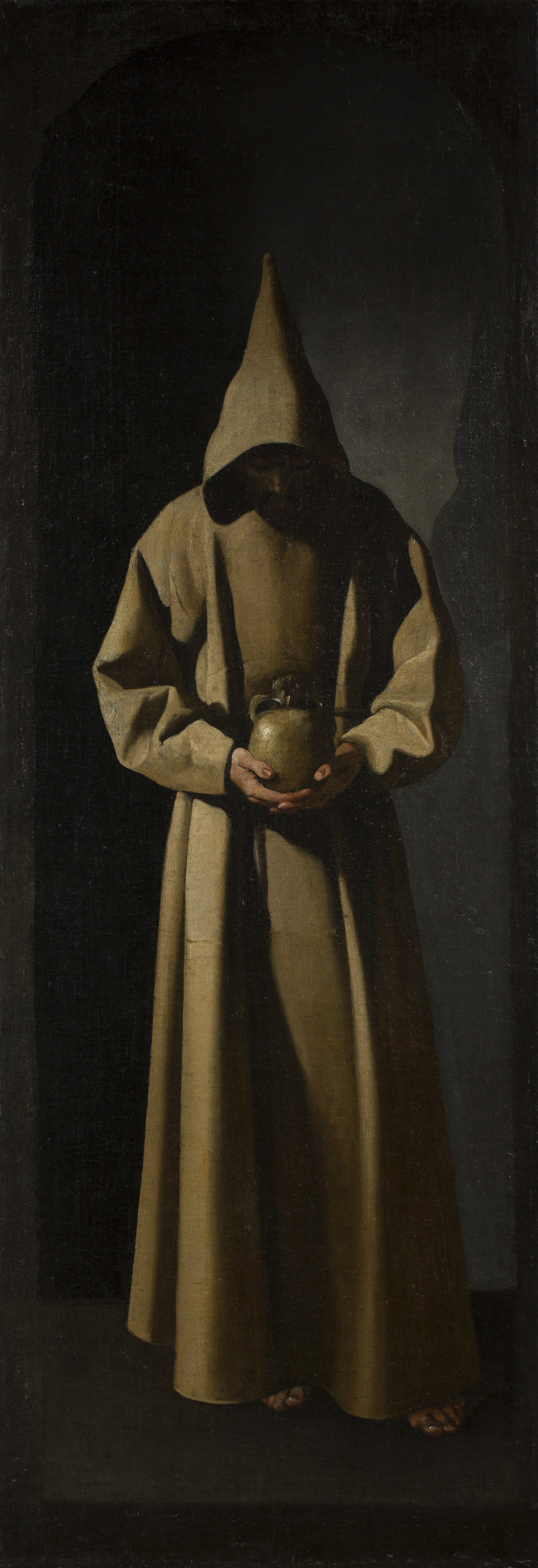
Francisco de Zurbarán / "St. Francis Contemplating a Skull" / ab. 1635 / Saint Louis Art Museum
269 notes
·
View notes
